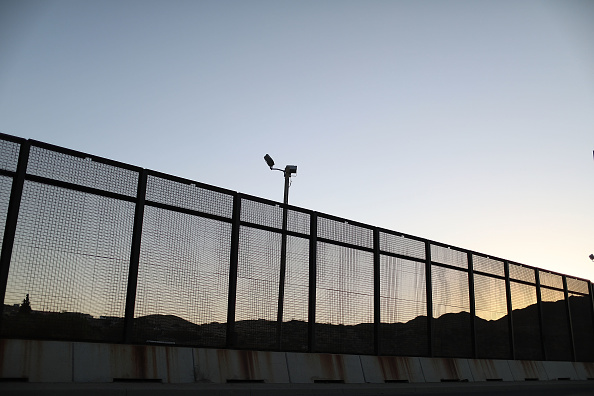Do walls lead to a reduction in crime? Donald Trump wanted you to think so when he mentioned El Paso, Texas as a prime example in his State of the Union address.
“The border city of El Paso, Texas used to have extremely high rates of violent crime — one of the highest in the entire country, and considered one of our Nation’s most dangerous cities,” Trump said. “Now, immediately upon its building, with a powerful barrier in place, El Paso is one of the safest cities in our country.”
That’s false. Construction on a border fence in El Paso began in 2008 and was completed the next year. The crime rate was down before the fence was built and went up after it was finished. According to the El Paso Times:
“Trump said El Paso had a high crime rate before the fence was constructed and that the rate of crime dropped substantially after it was completed.
“That was not the case.
“Using Uniform Crime Reports from the Federal Bureau of Investigation, the rate of violent crime in El Paso can be calculated by combining data reported by the El Paso County Sheriff’s Office and the El Paso Police Department.
“Looking broadly at the last 30 years, the rate of violent crime reached its peak in 1993, when more than 6,500 violent crimes were recorded.
“Between 1993 and 2006, the number of violent crimes fell by more than 34 percent and less than 2,700 violent crimes were reported.
“The border fence was authorized by Bush in 2006, but construction did not start until 2008.
“From 2006 to 2011 — two years before the fence was built to two years after — the number of recorded violent crimes in El Paso increased by 17 percent.
Nonetheless, the Trump campaign announced the president is coming to El Paso next week for a rally.
It’s not the first time Trump, or Republicans have made the claims about El Paso. Local officials in the Texas border city are not pleased.



